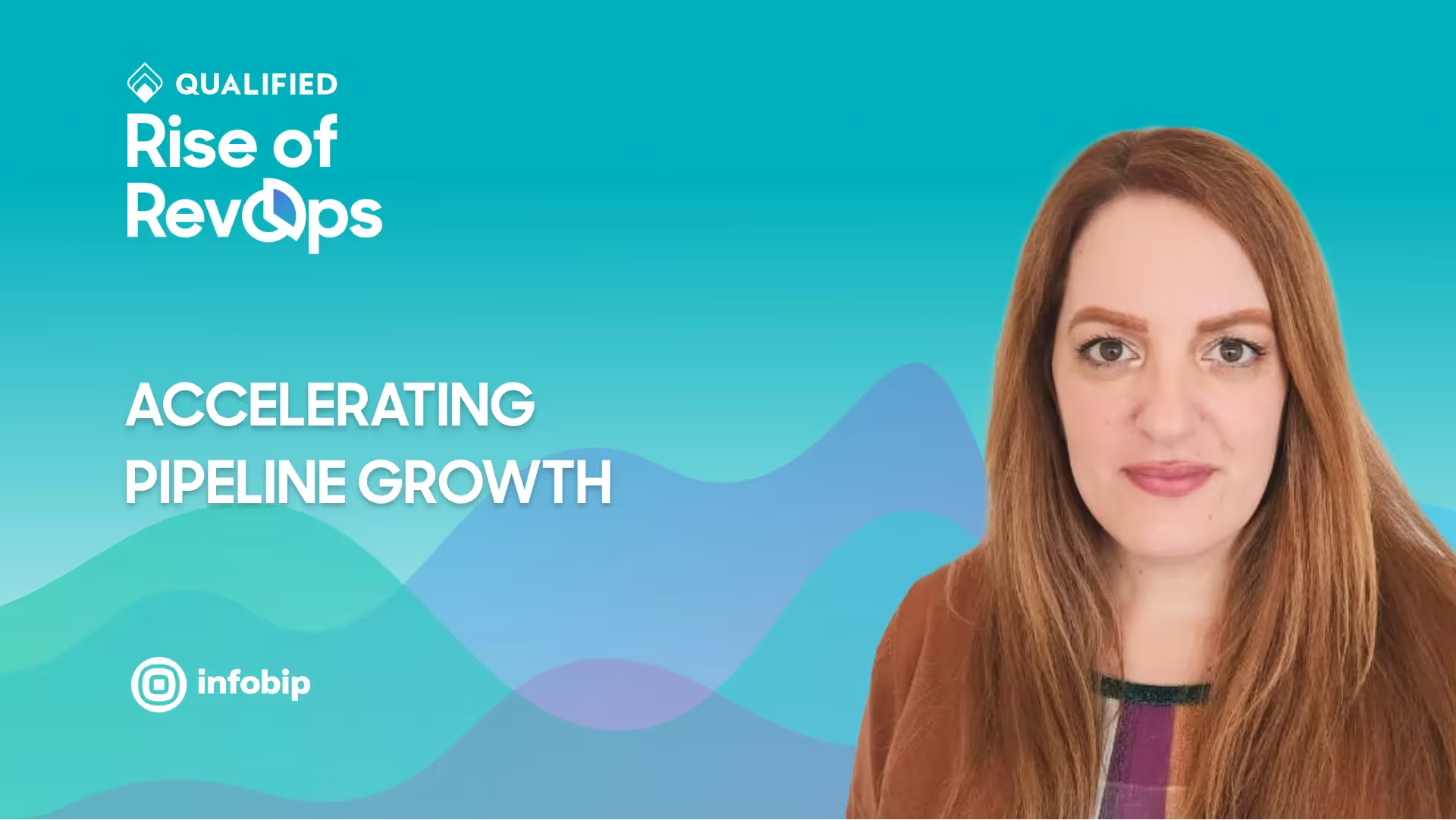Accelerating Pipeline Growth
On this episode, Mary discusses leveraging new industry trends, accelerating pipeline growth, and diagnosing revenue operations pain points.




On this episode, Mary discusses leveraging new industry trends, accelerating pipeline growth, and diagnosing revenue operations pain points.

On this episode, Mary discusses leveraging new industry trends, accelerating pipeline growth, and diagnosing revenue operations pain points
Key Takeaways
Stay up to date with weekly drops of fresh B2B marketing and sales content.
On this episode, Mary discusses leveraging new industry trends, accelerating pipeline growth, and diagnosing revenue operations pain points.


On this episode, Mary discusses leveraging new industry trends, accelerating pipeline growth, and diagnosing revenue operations pain points
Key Takeaways
Stay up to date with weekly drops of fresh B2B marketing and sales content.
On this episode, Mary discusses leveraging new industry trends, accelerating pipeline growth, and diagnosing revenue operations pain points.


On this episode, Mary discusses leveraging new industry trends, accelerating pipeline growth, and diagnosing revenue operations pain points
Key Takeaways
Stay up to date with weekly drops of fresh B2B marketing and sales content.
On this episode, Mary discusses leveraging new industry trends, accelerating pipeline growth, and diagnosing revenue operations pain points.



On this episode, Mary discusses leveraging new industry trends, accelerating pipeline growth, and diagnosing revenue operations pain points
Key Takeaways
Discover how we can help you convert more prospects into pipeline–right from your website.